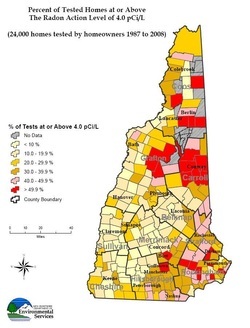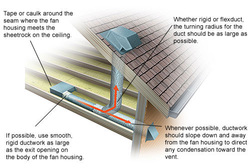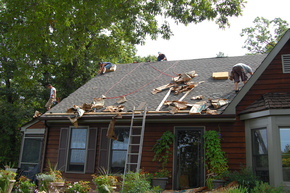 With the colder weather here for many of us, it a great time to evaluate the level of insulation we have in our attics. Your insulation's r-value will determine the possible need you might have and benefit you might gain from adding insulation. Adding insulation to the attic is generally a moderately difficult do-it-yourself (DIY) project. The good news is that, even if you're not comfortable taking on this project yourself, there are many qualified contractors who can help you get the work done. The energy star website has a wealth of information on insulation projects and improvements as well as the amounts recommended for your geographical climate zone.
With the colder weather here for many of us, it a great time to evaluate the level of insulation we have in our attics. Your insulation's r-value will determine the possible need you might have and benefit you might gain from adding insulation. Adding insulation to the attic is generally a moderately difficult do-it-yourself (DIY) project. The good news is that, even if you're not comfortable taking on this project yourself, there are many qualified contractors who can help you get the work done. The energy star website has a wealth of information on insulation projects and improvements as well as the amounts recommended for your geographical climate zone. http://www.energystar.gov/index.cfm?c=home_sealing.hm_improvement_attic_insulation












